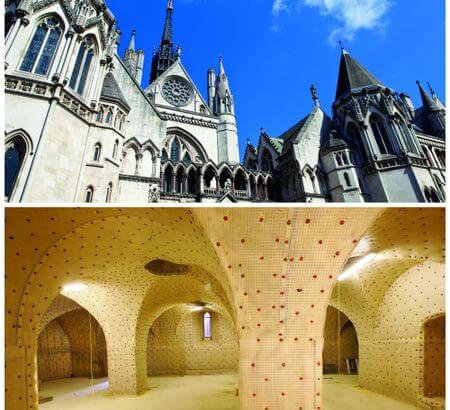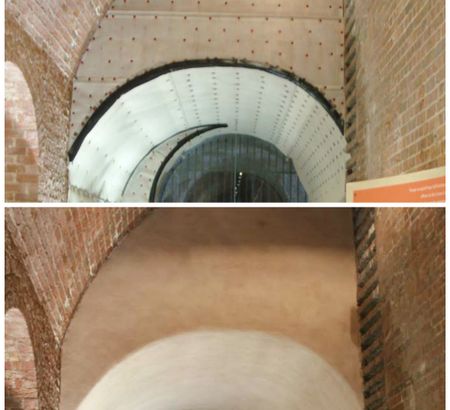01732 360 095
With many historic and listed buildings not benefiting from modern forms of protection, they are often subject to the detrimental effects of damp. How do you therefore maintain structural and aesthetic integrity, whilst still achieving the desired effect?
With many historic and listed buildings not benefiting from modern forms of protection, they are often subject to the detrimental effects of damp. The challenge when dealing with buildings of special architectural or historic interest is to maintain structural and aesthetic integrity, whilst still achieving the desired effect.
Meeting Listed Building Requirements
When treating damp in historic and listed buildings, it is important that any products meet with the stringent Listed Building Requirements. Many products require surface preparation techniques that are unacceptable due to the detrimental effect on the structure, which are often irreversible.
However, some products, such as damp proofing membranes, can still be sympathetically applied with little preparation and minimal fixings. Once installed, the membrane provides an impervious barrier between the damp surface and the new internal wall, preventing moisture and moisture vapour from affecting internal finishes. When supplemented by drainage, this is one of the most effective forms of protection.
 Damp Proofing Walls Above Ground – Rising Damp
Damp Proofing Walls Above Ground – Rising Damp
However, if completely dry and untainted internal wall finishes are required, there are ideal products for providing a barrier between the damp construction and internal finish. The air gap created by the studs of cuspated damp proof membranes, for example, provides an equilibrium of moisture-laden air, maintaining the natural state of the structure and prolonging its longevity whilst protecting internal finishes from damp. Internally applied damp proof membranes should be installed to approximately 200mm above the highest evidence of rising dampness so as to allow the natural vapour drive to continue unimpeded through the walls above the treatment.
Damp Proofing Walls Above Ground – Penetrating Damp
Penetrating damp should be treated externally at the source of the water entry. Water in its liquid state can only pass through a wall if there are defects large enough to accommodate it, so it is these defects that require repair.
Many old walls were designed to be dampened by wind-driven rain with the expectation that they would dry out before any moisture reached the internal surface. However, persistent rain means that this can sometimes happens, and it shows as penetrating damp.
The solution is specially formulated external treatments, which penetrate into the wall materials, block the capillaries and prevent moisture from entering. Breathability also allows residual moisture to exit, resulting in damp-free internal walls that are dryer, warmer, and have a dramatically reduced probability of internal condensation.
 Treating Areas Below Ground
Treating Areas Below Ground
Subterranean areas will always be subject to penetrating damp due to the natural watercourses within permeable soil, which channel the water like pipes. Saturated soil develops a head of pressure surrounding the subterranean structure, leading to water ingress through gaps and joints in the construction. Habitable or useable below ground areas therefore need to be waterproofed.
For historic and listed buildings, cavity drainage systems are ideally suited for this application. When installed by qualified contractors, the systems depressurise and collect water that enters the structure, before removing it safely. Internal finishes are isolated from the water, leaving a dry and habitable space for the occupier even in the most demanding situations.
Newton recommends that our structural waterproofing and damp proofing systems are installed be one of our nationwide network of Newton Specialist Basement Contractors (NSBC). NSBCs have been trained by Newton and offer full professional indemnity on design and insurance backed guarantees on installation.
Speak to our friendly, expert team
Our staff are able to provide guidance for projects of all sizes, whether you require some general advice about damp or waterproofing, or support with technical drawings and specifications.













